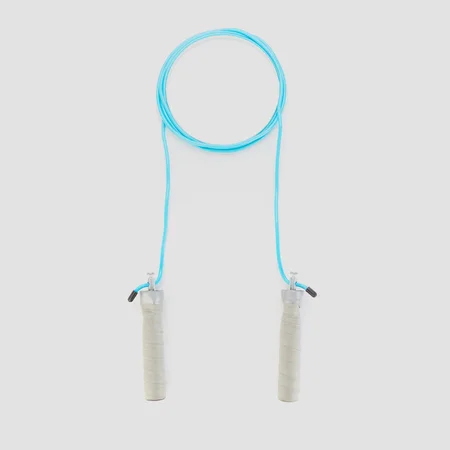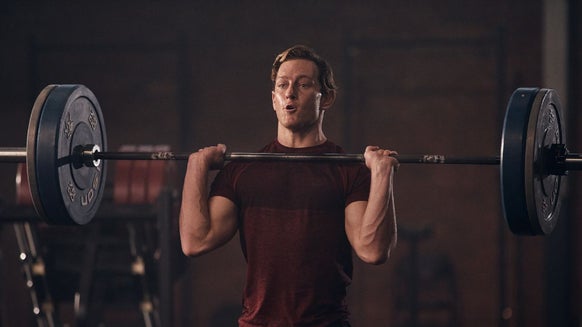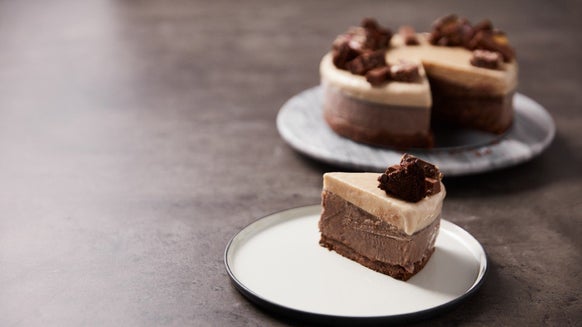How to Calculate Your Body Fat Percentage
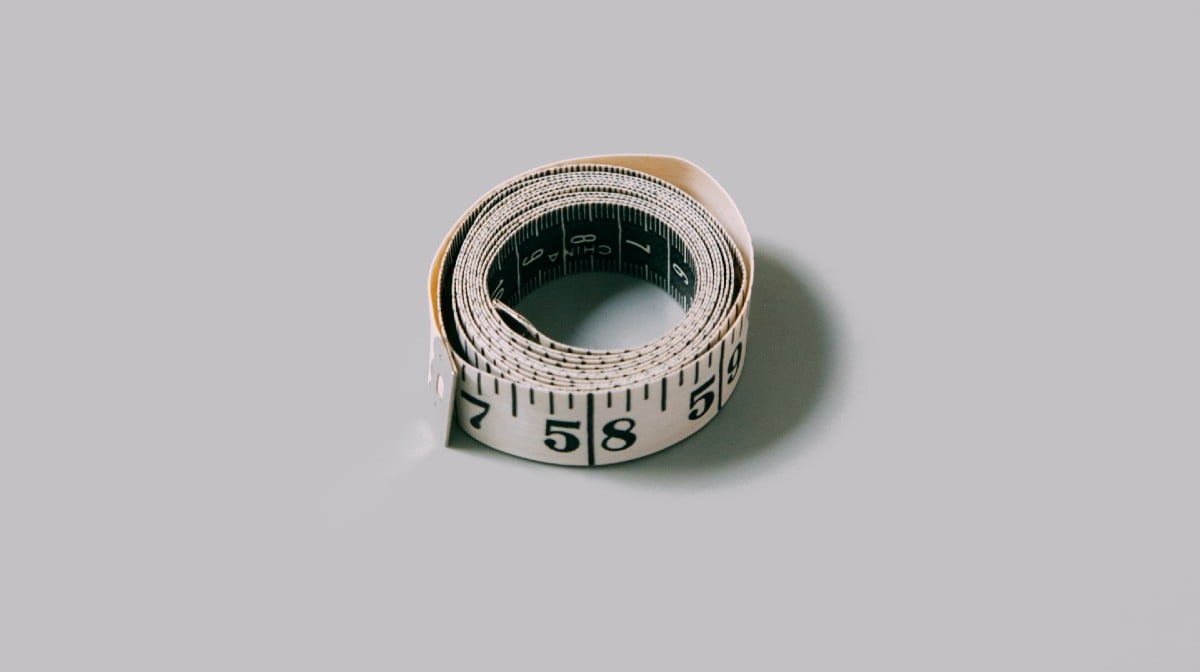
- Why is your body fat percentage important?
- How can you calculate your body fat percentage?
- What is your recommended body fat percentage?

Why is your body fat percentage important?
Body fat percentage is important because it gives greater insight than just your weight on the scale. If you are working on bulking, you’ll want to know if you are putting on muscle or fat when the scale goes up.
If you are trying to lose weight, you should also keep track of your body fat percentage to make sure you are losing fat mass and not lean mass, or muscle. Body fat is a good indicator of health and higher body fats are often associated with greater risks of obesity and related diseases.1
How can you calculate your body fat percentage?
While body fat percentage is key to monitoring both your health and your progress in the gym, there are several different ways to measure it - and they vary in their accuracy and accessibility. However, if you learn one method and are able to reliably use it over time, you can get a good understanding of how your body fat percentage changes. Here are a few examples of the ways body fat is measured.
Skinfold Callipers
Skinfold callipers are the most accessible and quick way to measure your body fat. You can perform the measurement yourself and the callipers themselves are affordable. The key is figuring out how to measure correctly.
There are several formulas to calculate body fat percentage based on skinfold measures; the simplest one requires that you use the callipers to measure the amount of body fat in three areas.
Our callipers give you all of the instructions you need for easy measurements. The sites and equations for calculation can be found from the American College of Sports Medicine.1
Bodyweight Scales
Bodyweight scales that calculate body fat may be even easier to use than skinfold callipers – but they also have many opportunities for error.
Body Circumference Measurements
Another DIY method to estimate body fat is by using a simple tape measure and measuring the circumference of your waist and neck (for men), or hips, waist, and neck (for women).
Using these numbers and taking your height into consideration, you can calculate your circumference value that references a percentage of body fat. You can use many online calculators based on the Katch equation, or simply record how these measurements change over time (you can also include your thighs, forearms, and upper arms to measure circumference changes over time).2
Hydrostatic (Underwater) Weighing
If you work in a research lab, you might have access to a body fat measurement percentage that is calculated based on your total body volume, or the amount of water you displace when submerged. This volume measurement is then plugged into an equation to calculated body fat percentage.
But this method probably isn’t accessible to most of us!
Plethysmography
Another laboratory method of body fat calculation is based on the amount of air you displace. For this method, you sit completely still in a contained device for about 10 minutes. It is considered the most accurate measurement available today, but most of the general population doesn’t have access to the specialized equipment.1
Ultrasound
Ultrasound machines can perform medical tests like MRIs and CT scans to make it possible to visualize the amount of body fat to lean mass on the body. While quite accurate, this equipment is not often used for this purpose and definitely not something you can do regularly.

What is your recommended body fat percentage?
Body fat recommendations are dependent on several factors, primarily age and sex. Women’s bodies anatomically contain a greater percentage of body fat to support pregnancy, and our fat mass to lean mass changes as we age. The American College of Sports Medicine references detailed tables for each gender and age range, but we will compare the recommendations for 25-year-old men and women.
Body Fat Percentage for Men
These recommendations are based on a 25-year-old male and vary by age.
| Recommended Body Fat Percentage for Men | |
| Minimum Fat Percentage | 4% to 6% |
| Athlete | 7% to 12% |
| Fitness Enthusiast | 12% to 15% |
| Acceptable Percentage | 16% to 19% |
| Obesity | 20% plus |
Body Fat Percentage for Women
These recommendations are based on a 25-year-old female and vary by age.
| Recommended Body Fat Percentage for Women | |
| Minimum Fat Percentage | 11% to 14% |
| Athlete | 15% to 16% |
| Fitness Enthusiast | 16% to 20% |
| Acceptable Percentage | 21% to 24% |
| Obesity | 25% plus |
Take Home Message
While there are many different ways to measure body fat percentage, you often have to make slight sacrifices in accuracy for convenience. To measure at home, using skinfold callipers is one step up from a simple tape measure. Keeping track of your body fat measurements over time can tell a more detailed story about your progress than just your weight.
READ THESE NEXT:
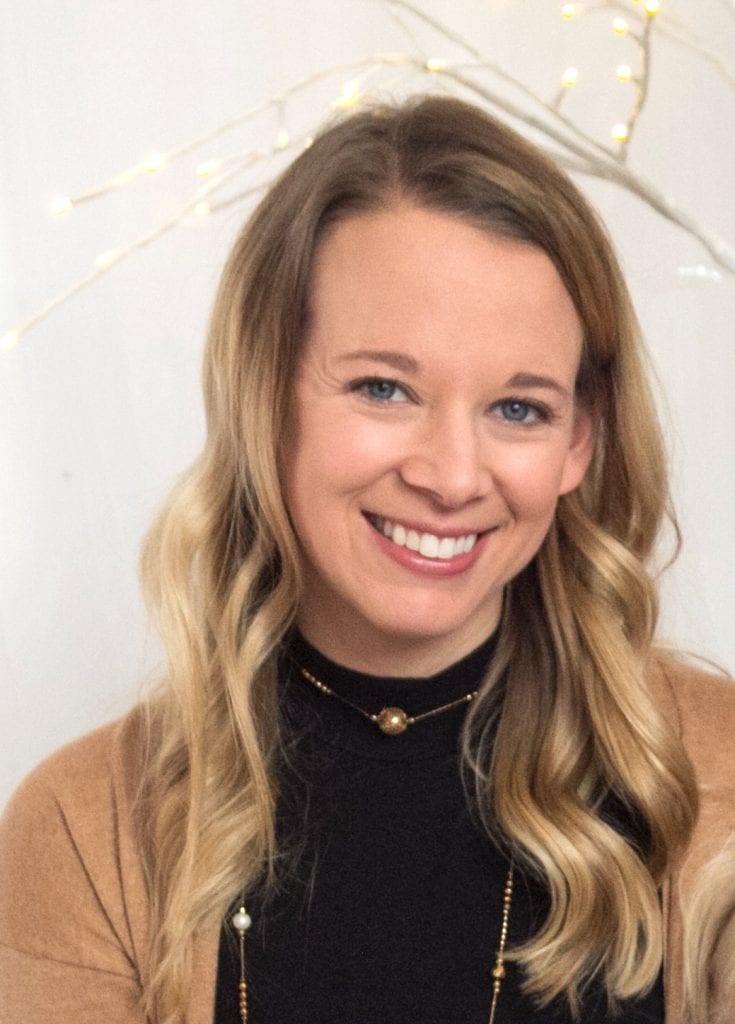
Claire is a Registered Dietitian through the Academy of Nutrition and Dietetics and a board-certified Health and Wellness Coach through the International Consortium for Health and Wellness Coaching. She has a Bachelor of Science in Biology and a Master’s degree in Clinical Dietetics and Nutrition from the University of Pittsburgh.
Talking and writing about food and fitness is at the heart of Claire’s ethos as she loves to use her experience to help others meet their health and wellness goals.
Claire is also a certified indoor cycling instructor and loves the mental and physical boost she gets from regular runs and yoga classes. When she’s not keeping fit herself, she’s cheering on her hometown’s sports teams in Pittsburgh, or cooking for her family in the kitchen.
Find out more about Claire’s experience here.

